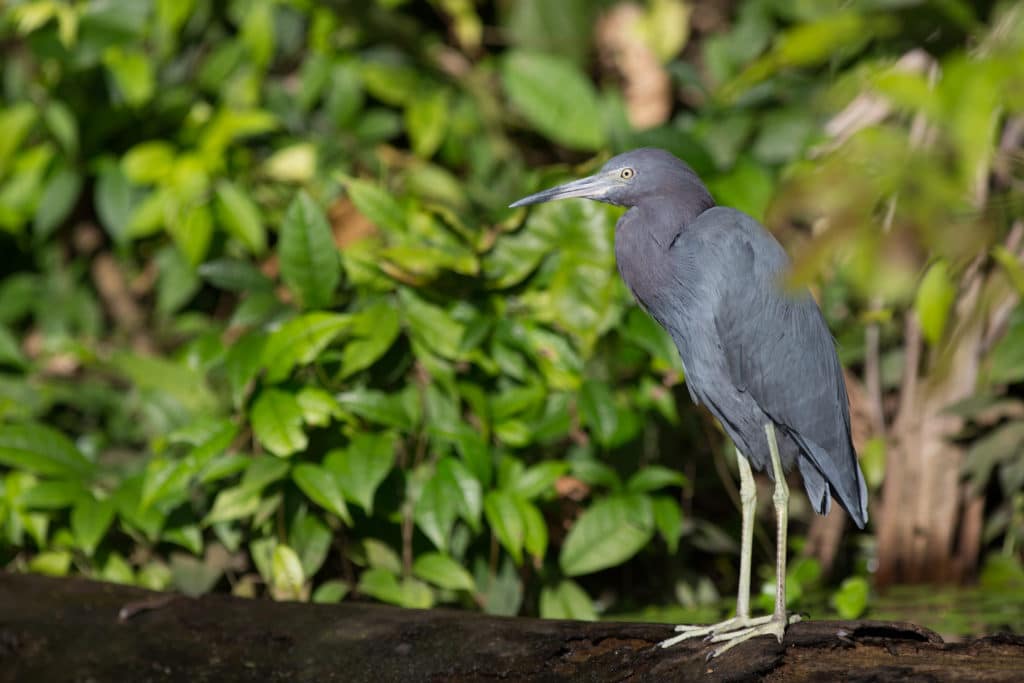
In the north of Costa Rica, on the border with Nicaragua, lies the forest life refuge of
Caño Negro. These 800 hectares belong to the Province of Alajuela and straddle the cantons of Los Chiles and Guatuzo.
The climate is hot and very humid. Caution: Mosquito repellent is essential from May to October!
This refuge is made up of several lagoons, the perfect habitat for some of the rarest species of plants, mammals, reptiles and birds, some of which, like certain species of migratory fish, are on the brink of extinction.
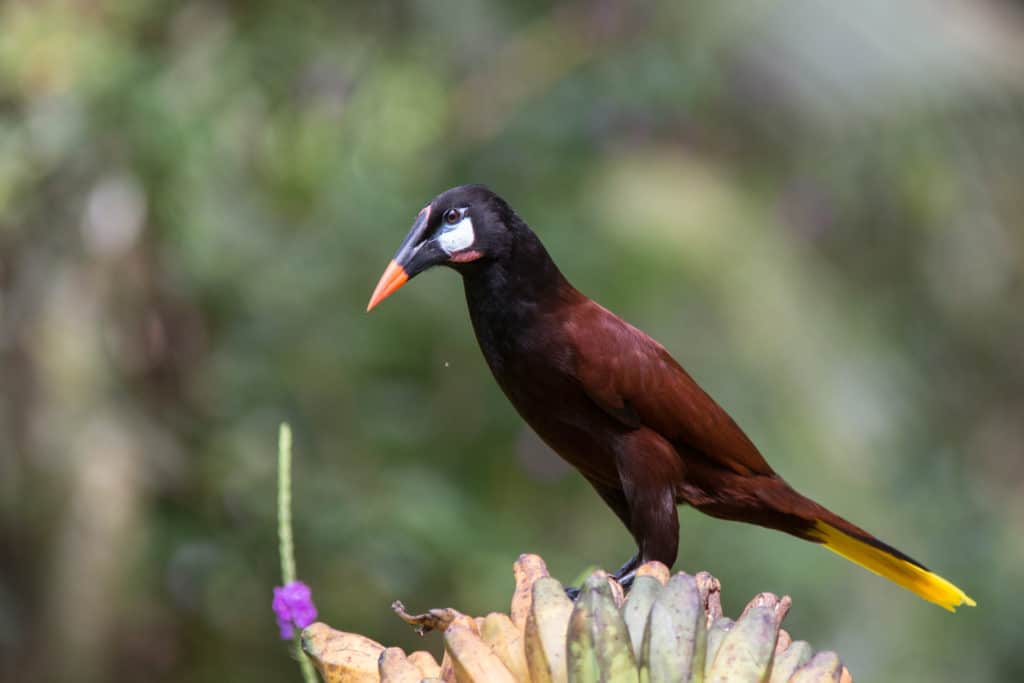
Caño Negro is a must-see for birdwatchers, as it is home to a large number of endemic and migratory birds. The refuge lies on an important migration route for birds from the north. You could observe rare specimens such as the Jabiru Stork, Anhingas, Cormorants and Roseate Spoonbills.
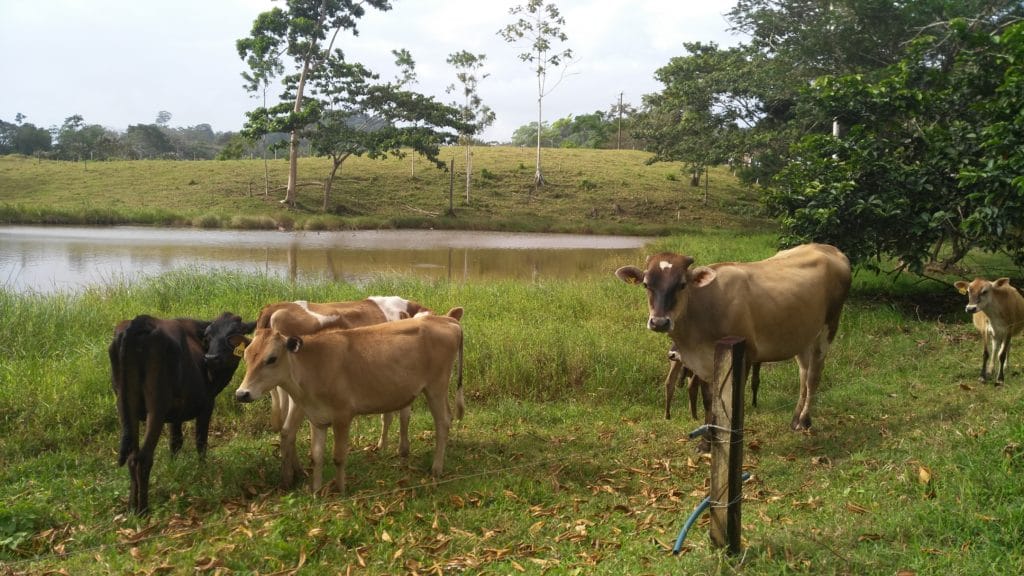
Around December, when the water level of the Rio Frio drops, several species of birds move in, some continuing further south and others staying around the dry lagoons until March.
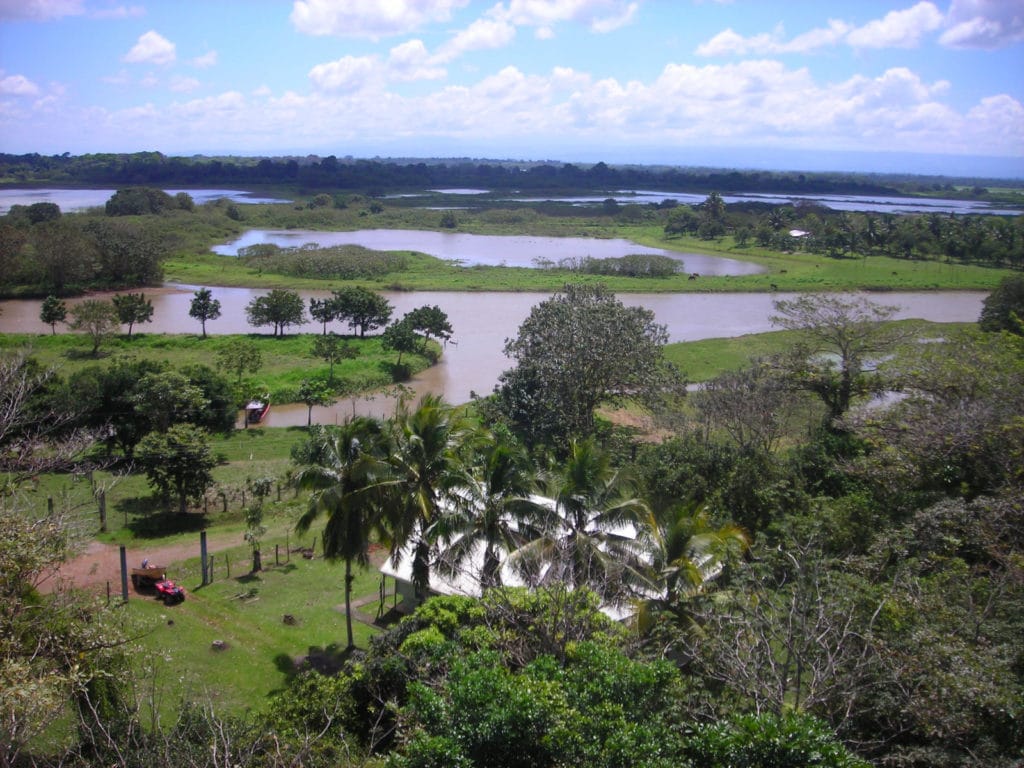
To discover these wonders, you could take part in a boat tour, discover the observation tower and floating paths, discover the flora and fauna aboard kayaks, visit Doña Carmen's butterfly farm, take part in a night hike or discover local crafts through workshops.
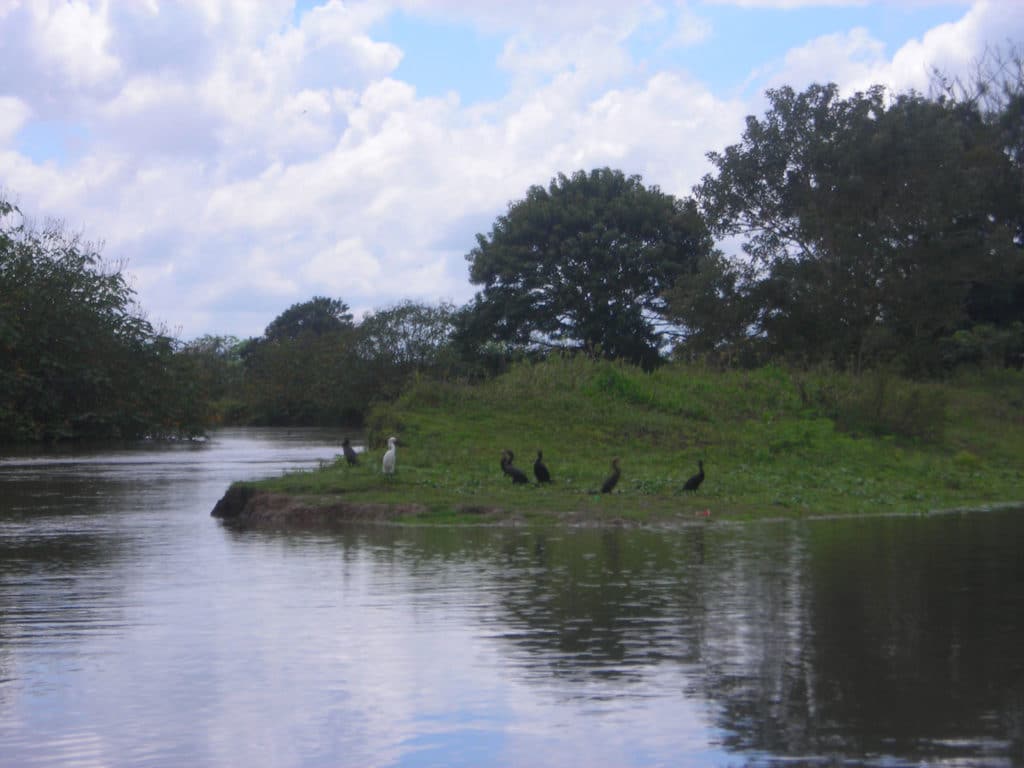
The Caño Negro wildlife refuge is home to many species of living creatures, including the green basilisk lizard, giant anteater, jaguar, ocelot, iguanas, river turtles, monkeys, pumas, caimans and alligators. In the waters of the Caño Negro lagoon, you'll find rare fish such as sea bass, guapote and gaspar (a very rare prehistoric fish!).
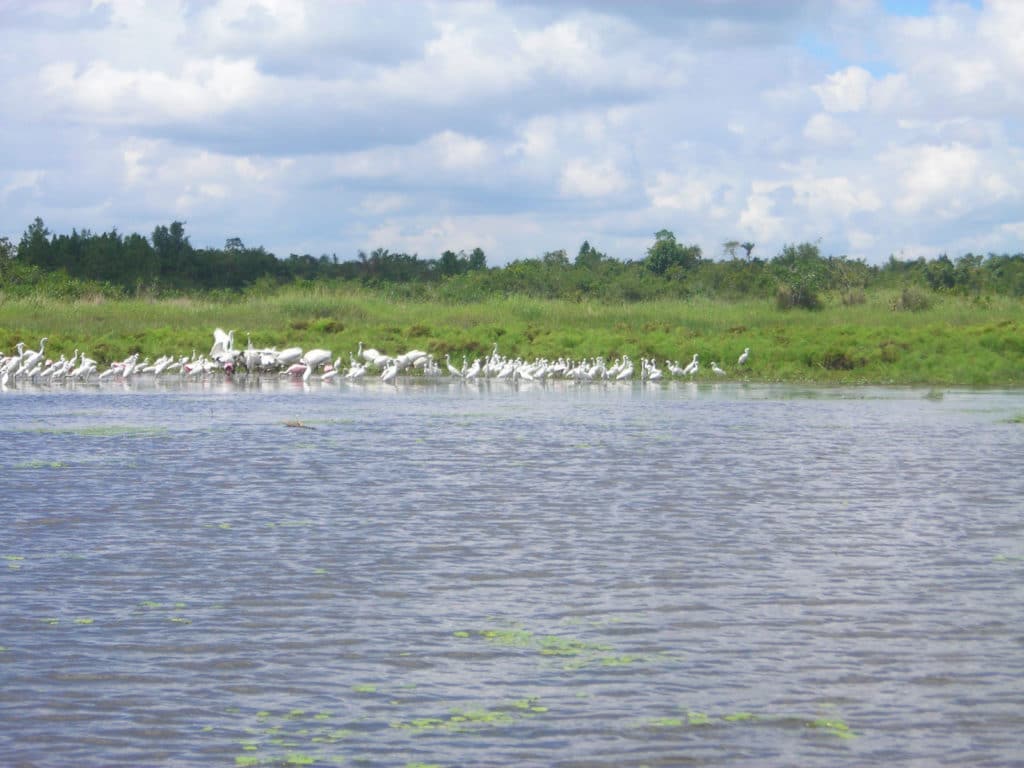
If you're lucky enough to visit this area at the end of March, you'll be able to take part in the village fête patronale! The program includes horseback riding, typical cuisine, bullfighting and a musical ball.
In addition to offering a 100% nature stopover, Caño Negro will give you the chance to observe the daily life of the country's rural inhabitants.